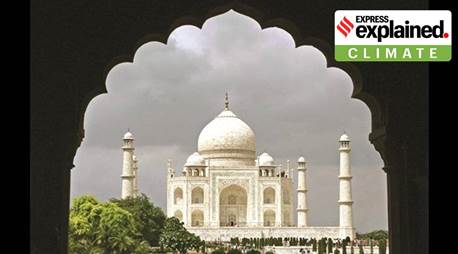Free Courses Sale ends Soon, Get It Now


Free Courses Sale ends Soon, Get It Now



Copyright infringement not intended
Context:
The Supreme Court directed the Agra Development Authority to stop all commercial activities within a 500-metre radius of the Taj Mahal, a UNESCO World Heritage Site.
Details:
About:
© 2024 iasgyan. All right reserved